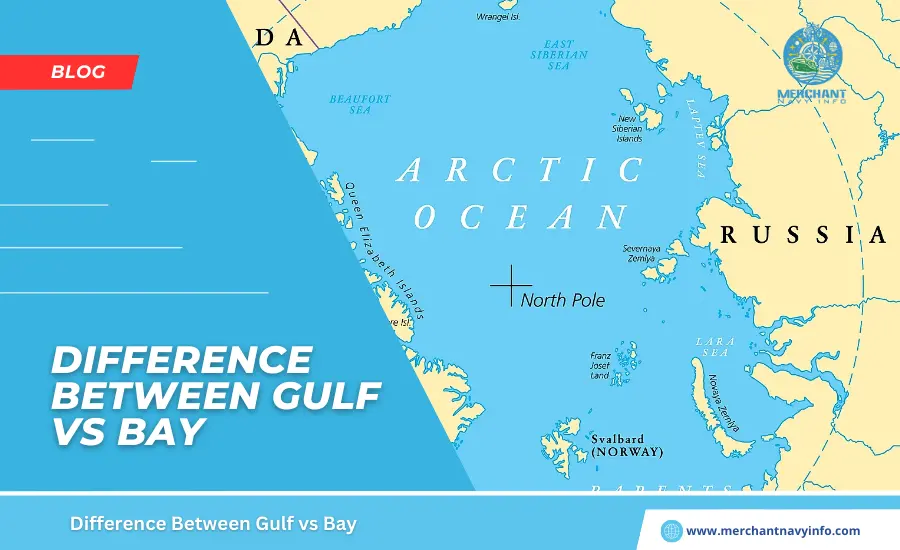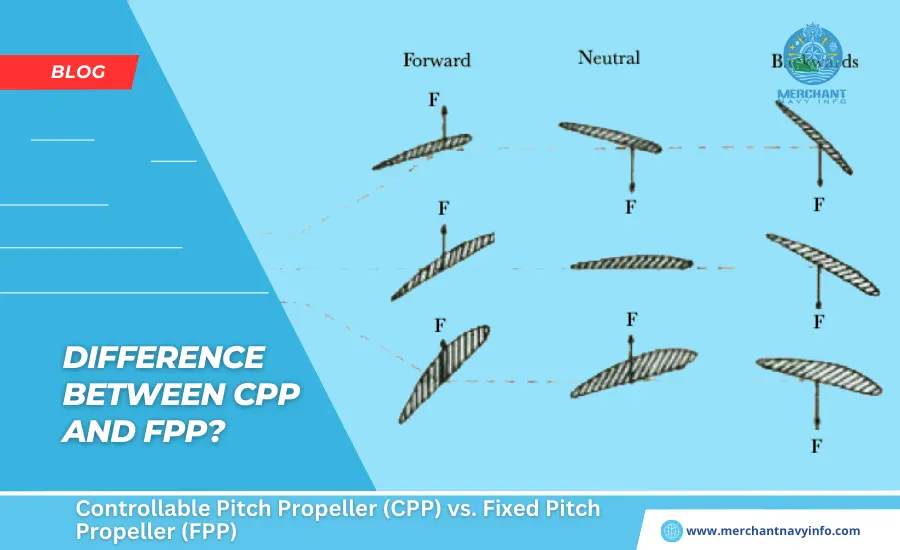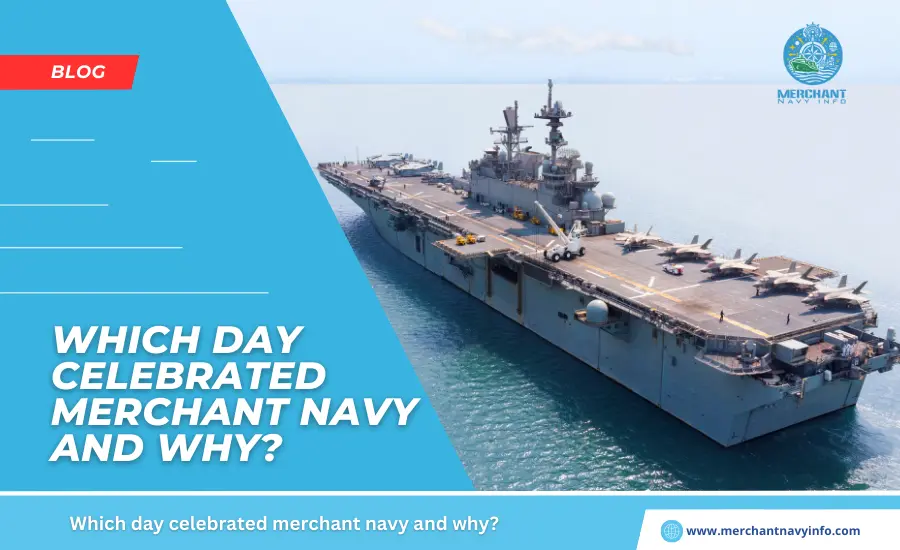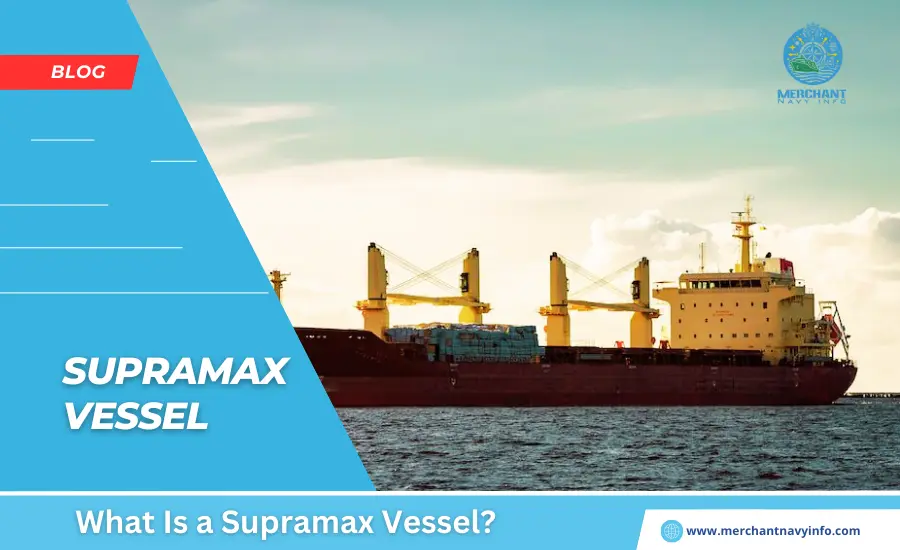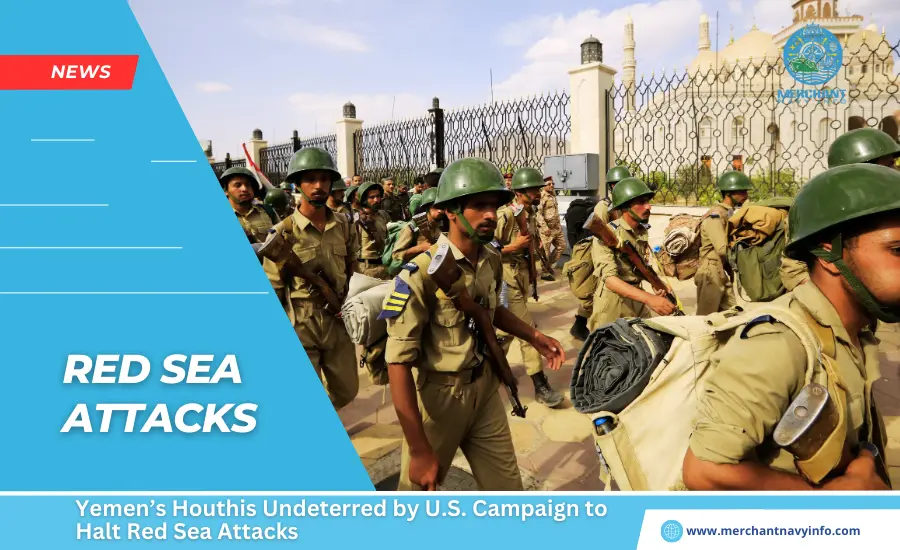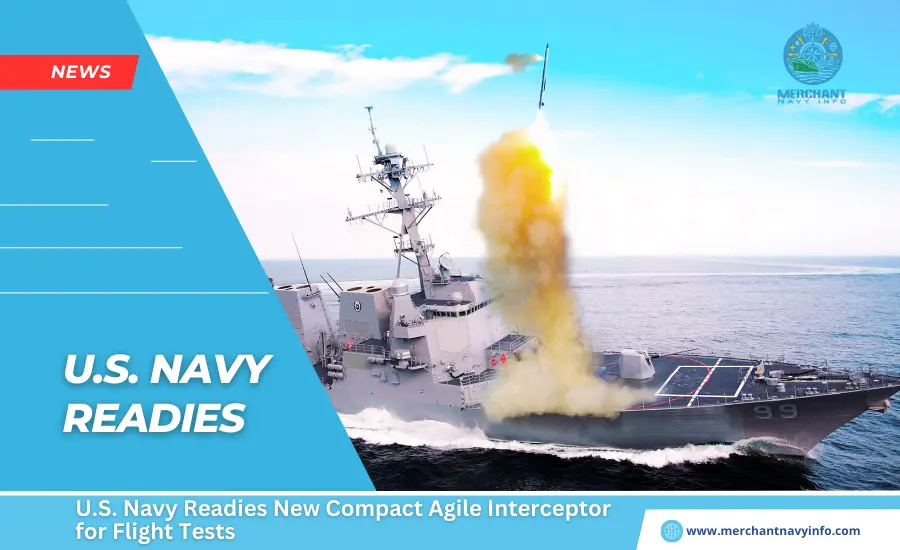
The United Arab Emirates (UAE) is a country in the Middle East located near the Strait of Hormuz. It borders Oman and Saudi Arabia and is well connected to other Gulf countries such as Qatar and Bahrain. To the west, it borders the Persian Gulf, an important maritime trade route. UAE consists of seven emirates: Abu Dhabi, Ajman, dubai port, the Fujairah, Ras Al Khaimah, Sharjah and also Umm Al Quwain. While the Abu Dhabi is the capital, Dubai is the most populous emirate. The UAE is part of several intergovernmental organizations, such as any of the United Nations, the Gulf Cooperation Council (GCC), the League of Arab States, and OPEC. The country has rich reserves of oil and natural gas. It has the world’s sixth-largest oil reserves and also seventh-largest natural gas reserves.
Major Ports in Dubai
1. Port Khalifa (AEKHL)

Abu Dhabi Port Khalifa, Abu Dhabi’s flagship port, is one of the world’s largest deep-water ports. Located near Taweelah Offshore Port, it is currently under construction and is expected to be completed by 2030. It is part of the Abu Dhabi Khalifa Industrial Zone (KIZAD), which serves Dubai and also the Emirate of Abu Dhabi and is spread across a sea of reclaimed islands. This industrial zone covers an area of 400 square kilometres and also generates a large amount of cargo and container traffic.
Port Khalifa is scheduled to replace Mina Zayed’s cargo operations and has already started handling container ships diverted from Zayed Port. The planned construction was divided into five phases. Phase 1 was initially launched in 2012 following the opening of the port in September. Phase 2 she started in 2013. These stages will be completed by 2020 and 2021 respectively, doubling the current container handling capacity.
2. Mina Zayed (AEMZD)

Abu Dhabi Zayed Port is Abu Dhabi’s main deep-sea port, and it has been operating since 1972. It is home to the majority of ships sailing the Gulf Coast and covers an area of 25 square kilometres. The old container terminal occupies almost 10% of the total area and is also designed to store up to 15,000 TEU. With the complete relocation of container handling to Port Khalifa, these terminals are no longer operational. It is lined with warehouses that store general and general cargo and is temperature-controlled to keep transported goods in optimal conditions.
Mina Zayed allows businesses to store and deliver goods directly on the port premises, reducing transportation time. The refrigerated zone can accommodate more than 15,000 tons of frozen import and export products. The port has 21 berths for RoRo, project cargo, refrigeration equipment, general cargo, and also petroleum products. The original 17 berths were expanded to accommodate more vessels and also handle more cargo tonnage.
3. Mussafah Port (AEAMF)

Abu Dhabi This port is located in the Mussafah industrial area and is the second oldest port in Abu Dhabi after Mina Zayed. It is a deep-water port located along the 53-kilometre-long Mussafah Canal. This canal represents a navigable waterway that connects ports directly to the Persian Gulf. Dredging work is currently underway to raise the draft of the canal. Mussafah is primarily an industrial area and a port. Passenger facilities are minimal here.
Several industries and factories are located along the harbourfront. These include steel processing, shipyards, oil rig and offshore construction, dredging, commercial construction, and shipping. Mussafah Port has advanced facilities to handle the various cargo vessels that enter the port. We can handle general cargo, general cargo, bulk cargo, and RoRo ships. The port also has a large commercial warehouse that businesses can rent for storage and delivery of goods.
4. Port Jebel Ali (AEJEA)

Dubai Mina Jebel Ali is Dubai’s main port and in 2019 he shipped over 15 million TEU. Built in 1970, the port was designed to handle Mina Rashid’s container and cargo shipments and quickly overtook surrounding ports in terms of shipping. Currently, Jebel Ali Port is the ninth largest port in the world and the busiest port in the Middle East, handling a significant portion of container traffic passing through the region. It has specially won numerous awards for its infrastructure and also facilities.
Jebel Ali Free Port is a hub for global and domestic business. Contains a cargo station (CFS) for handling LCL container units. The port is also very well connected to the city, Dubai International Airport and Air Cargo Village. The Mina Jebel Ali is the flagship port of Dubai Ports World’s global presence. We handle shipping to Asia, the Middle East, North Africa, and Europe. Current cargo handling capacity is 22.4 million TEU.
5. Mina Rashid (AEDXB)

Dubai Port Rashid is Dubai’s main passenger and cargo port and was the emirate’s first commercial port. It was responsible for container and cargo operations until it was relocated to Jebel Ali. The port opened in 1972 as a small commercial port with a capacity of less than 100,000 TEU. It currently has a production capacity of 1.5 million TEU and is equipped with state-of-the-art technology and new equipment. Owned and managed by DP World. The hub will be gradually converted into a dedicated passenger and cruise port in Dubai. Jebel Ali started handling cargo operations in 2008 and was fully relocated by 2018. Mina Rashid is currently undergoing expansion and renovation.
6. Mina Al Hamriya (AEHAM)

Dubai Located on mainland Dubai and protected from the known Persian Gulf by the Deira Islands; this very known port is an important commercial and passenger port close to Rashid Port. Al Hamriyah should not be confused with Mina Hamriyah Port in the Sharjah Free Port Area. Although a small port, it handles most of the region’s livestock, fish, frozen and fresh produce, and passenger traffic. Built to relieve pressure on Dubai Creek. Palm Deira is a luxury residential complex overlooking the harbour, currently in the final stages of construction. This port is currently managed by Dubai Ports World and is currently undergoing expansion work to construct a further 2.5 kilometres of the quay. It handles trade with Asia, also parts of Africa, and also Europe.
7. Port of Fujairah (AEFJR)

Port of Fujairah, the UAE’s largest port on its east coast, is an important deep-sea port in the region. There is an onshore breakwater with an average anchor depth of 16.5 meters. This port has been in operation since 1983, with oil terminals added in 2006 and 2010. This port is a multipurpose port located near the Strait of Hormuz. The port is well-connected with the surrounding emirates and is also part of the trans-UAE highway. The railway is linked to the Etihad Rail project, which provides transport links to Dubai, Sharjah, Ras Al Khaimah, Umm Al Quwain, also Abu Dhabi and Al Ain.
The main services of this port include the transportation of cargo, containers and oil. Designed to handle general cargo, project cargo, bulk cargo, wet bulk cargo, fuel and also more. The harbour pier is divided into a north zone and a south zone. Two oil terminals are located in the northern zone. Repairs and general cargo handling will take place in the South Zone. As the largest port in the East, it is a very important port regionally.
8. Ras Al Khaimah Port (AERKT)

Ras Al Khaimah RAK Port, one of the northernmost ports in the United Arab Emirates, is an important trading hub in the region. Located near the Strait of Hormuz, it serves ships covering parts of Asia, Europe and Africa. In addition to RAK’s main port, Ras Al Khaimah Port actually really ncludes several smaller ports, such as Mina Saqr Port and Mina Al Jazeera Port. As a modern port, RAK has several freeport zones that provide operating space for several international companies and storage facilities for various shipping companies. There are regulations regarding the handling of general cargo, liquid cargo, bulk cargo, and also refrigerated containers. RAK Port has a cruise terminal and a passenger terminal and covers most of the region’s tourism.
9. Khor Al Fakkan Port (AEKLF)

Sharjah Khor Al Fakkan Port is located on the Indian Ocean coast and is an important cargo hub for the region. It is close to the Strait of Hormuz and less than three hours from Dubai and Abu Dhabi. Located on the east coast of the known Musandam Peninsula and the Gulf of Oman. It is one of the world’s largest transshipment ports, also serving ships plying the east-west route across the Indian Ocean. It is a container and cargo transshipment port primarily serving the Sharjah area.
The port has six quays with a total length of more than 2 kilometres and an average anchorage depth of 16 meters. The port facility covers an area of over 700,000 square meters and also has 450,000 square meters of on-site storage space. The Khor Fakkan Container Terminal, known as KCT, has a storage capacity of 45,000 TEU. There are also consolidation and deconsolidation points on site for the transshipment of LCL units. We also have systems that can handle up to 1,000 refrigerated containers at the same time.
10. Khalid Port (AEKHL)

Sharjah Mina Khalid Port, one of Sharjah’s main ports, is designed to handle general cargo, dry cargo, liquids, bulk cargo and also containers. The port, along with Hamriyah Port and Khor Fakkan Port, is operated by the Ministry of Seaports and Customs. The port has extensive storage facilities for storing all types of goods, including cold storage facilities, cold storage zones, and also bulk cargo storage areas. An adjacent oil terminal will also increase the port’s productivity. The company currently operates 33 multipurpose berths, including 21 general cargo berths.
The rest carry a variety of cargoes. The container terminal is operated by Gulftainer Company at berths 1-3, next to the container terminal at Khor Al Fakkan. General cargo and also RoRo cargo are handled at berths 4-8. Repairs are being carried out, and bulk oil is handled at berths 9-13. Refrigerated and timber cargoes are handled by berths 14-16. In Berths 16 and 17, grain is stored in silos on-site. Oil transportation is handled by berth 18, and oil tankers are handled by berths 19-21.
What Are The 10 Major Ports in Mexico?
What are the 7 Major Ports in the UK?
What Are The 10 Major Ports In Yemen?
What Are The 5 Major Ports in Algeria?
10 Major Ports are there in Canada?
What are the 6 Major ports in Israel?
What Are The 8 Major U.S. Ports on the East Coast?
What Are The 8 Major Ports In Pakistan?
What are the 5 Major Ports in Oman
What are the 10 Major Ports in Brazil?
What are the 7 Major Ports in Qatar?
What Is The 5 Major Port in Vietnam?
What Are the Five Major Ports in Japan?
What Are The 10 Major Ports Of India?


